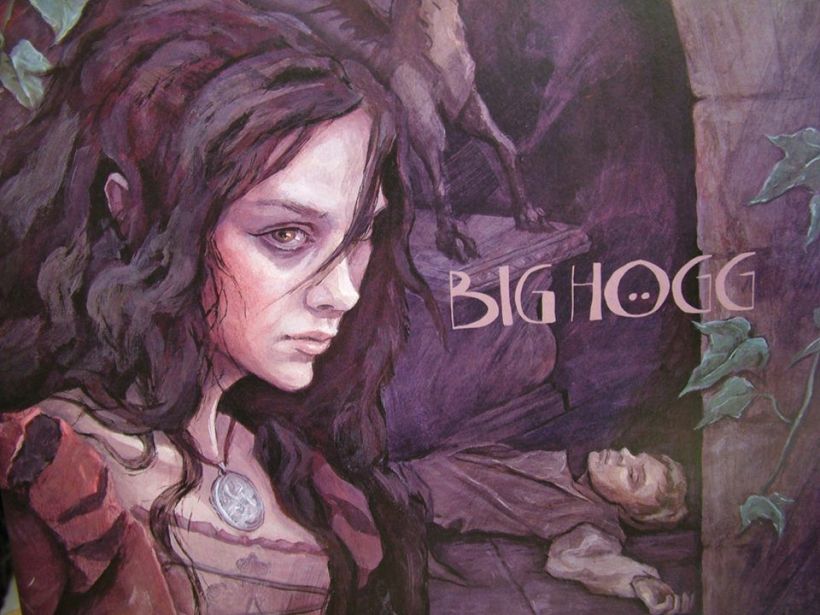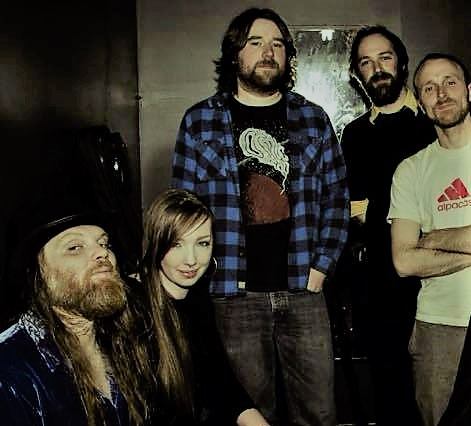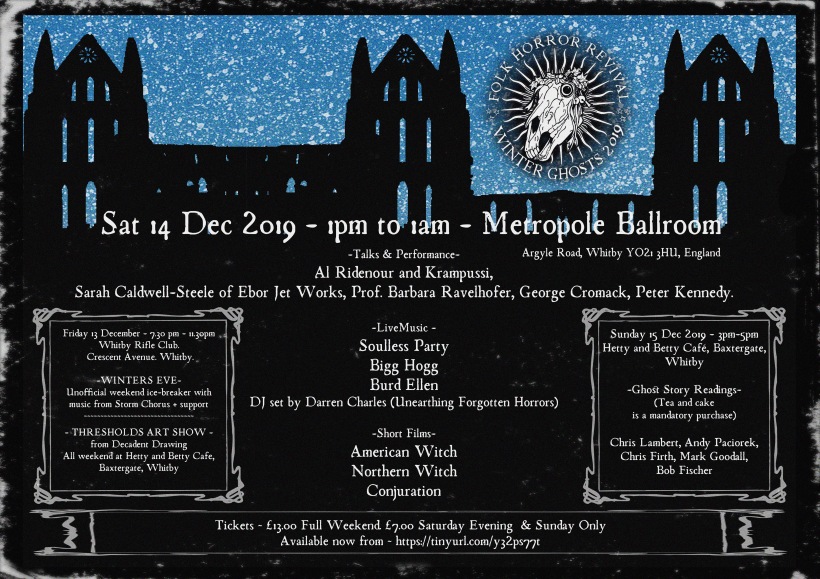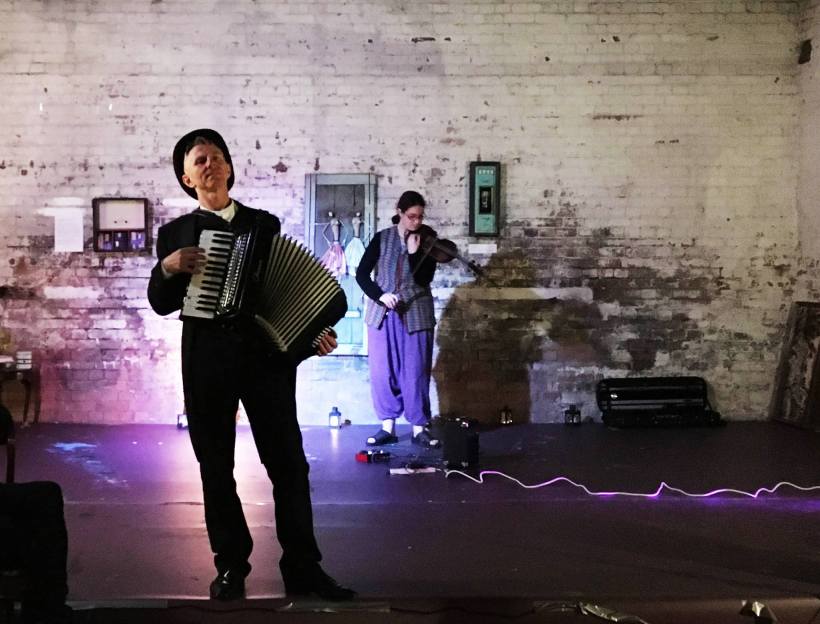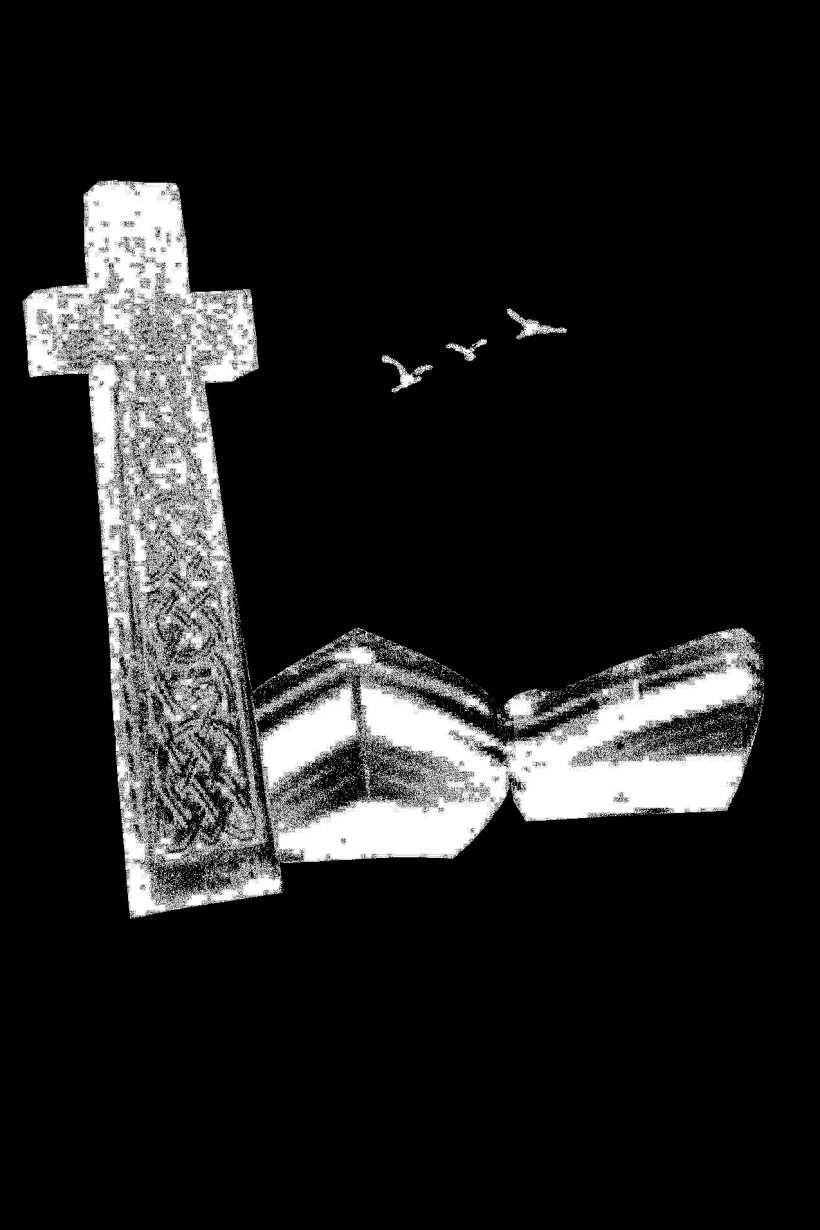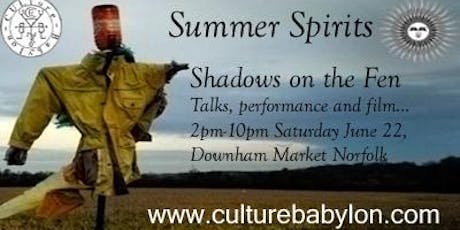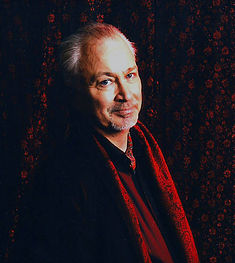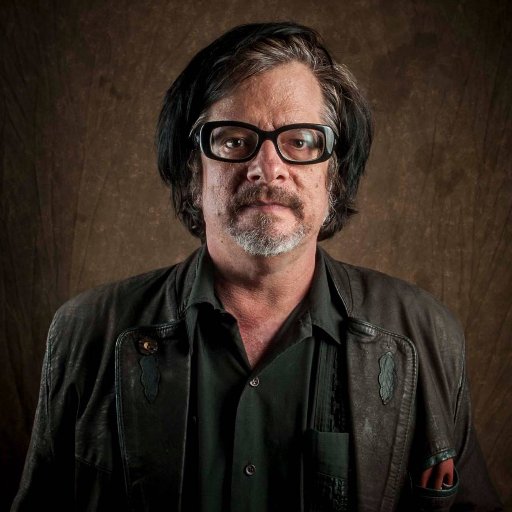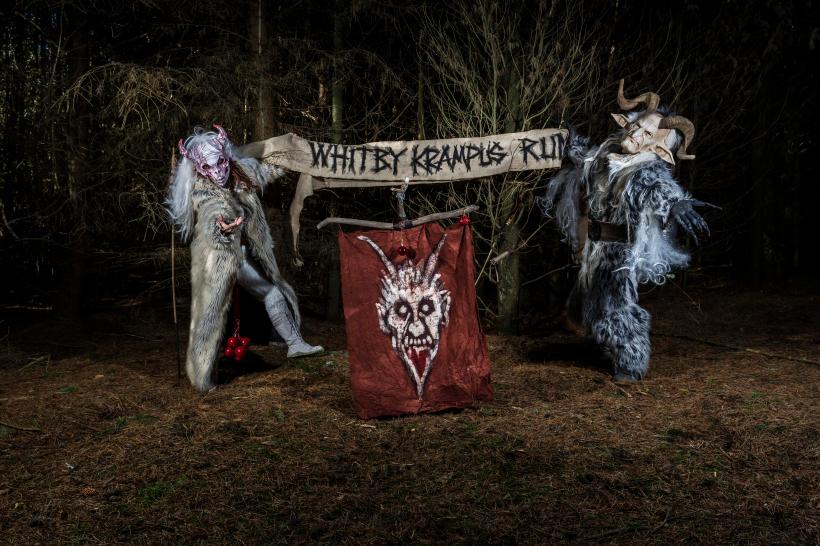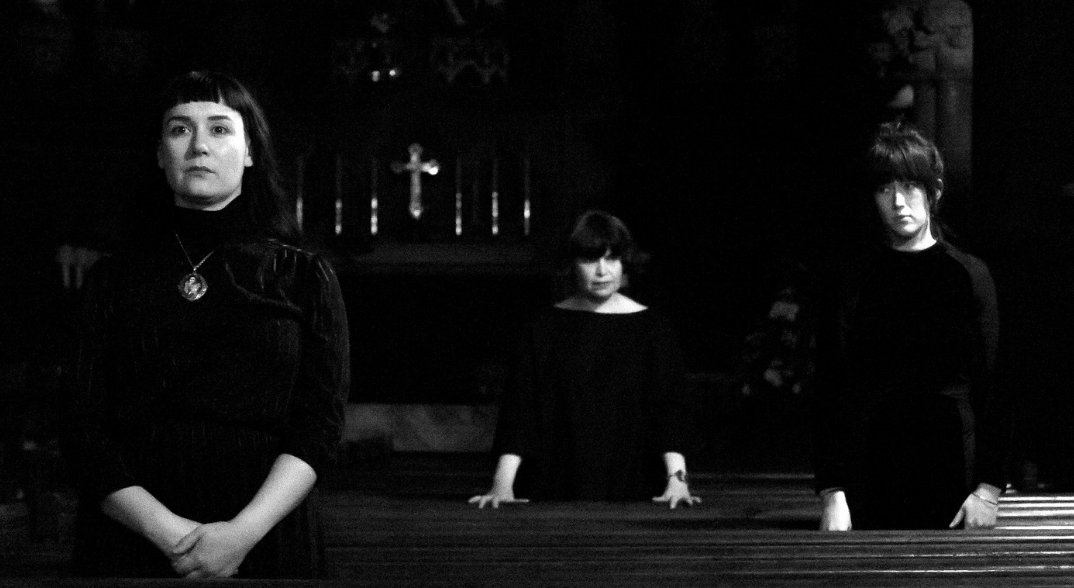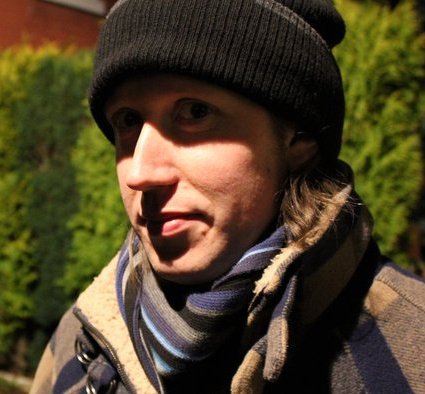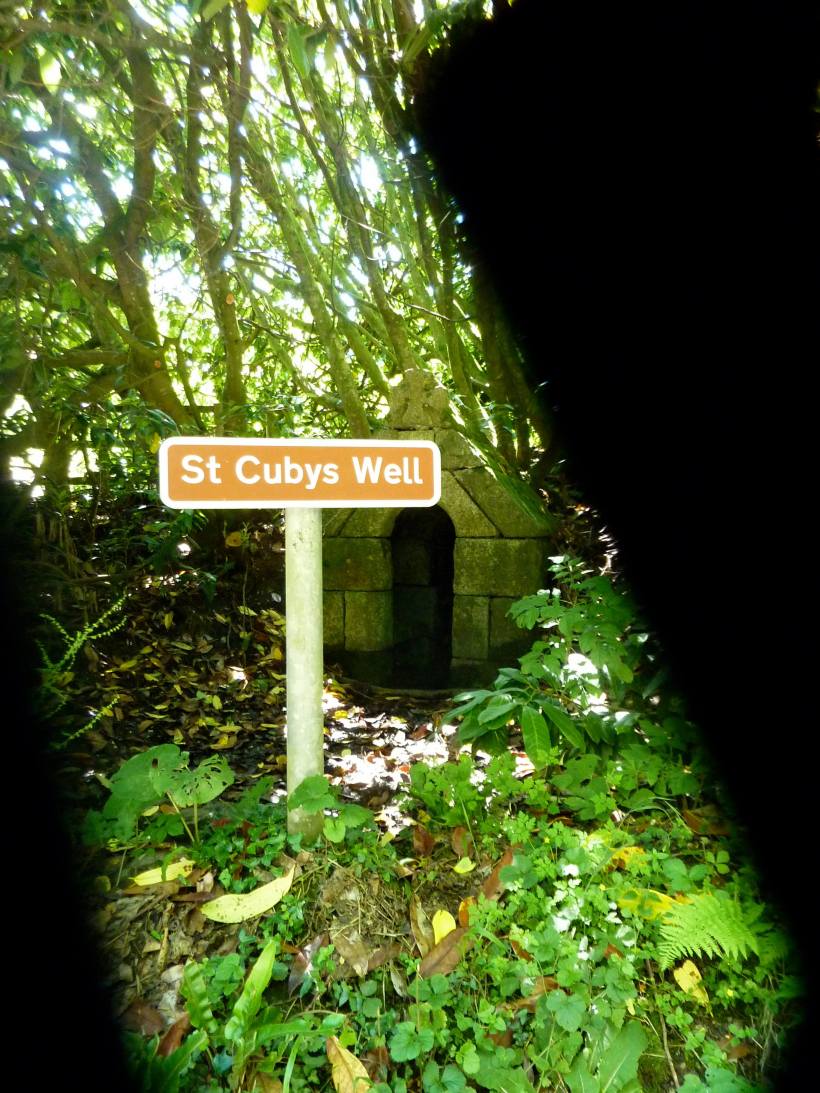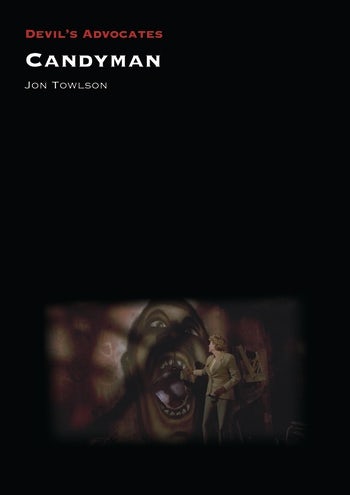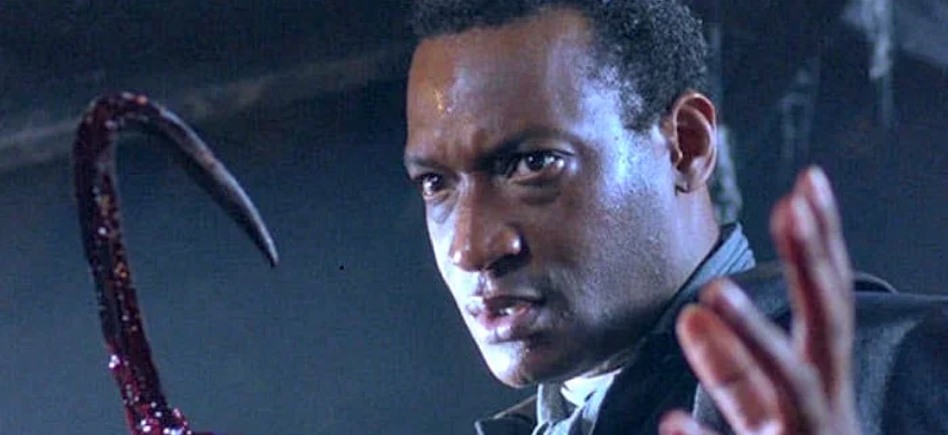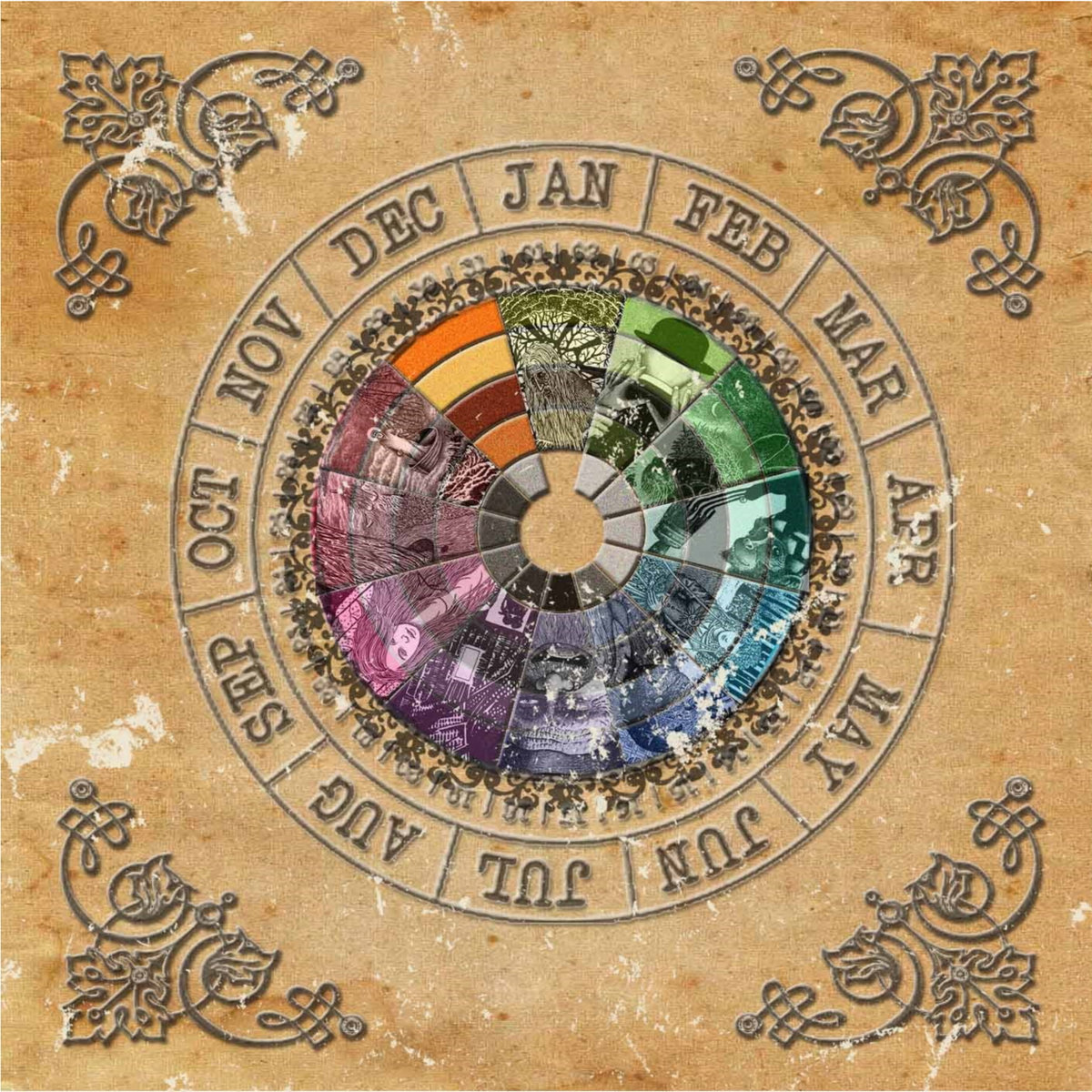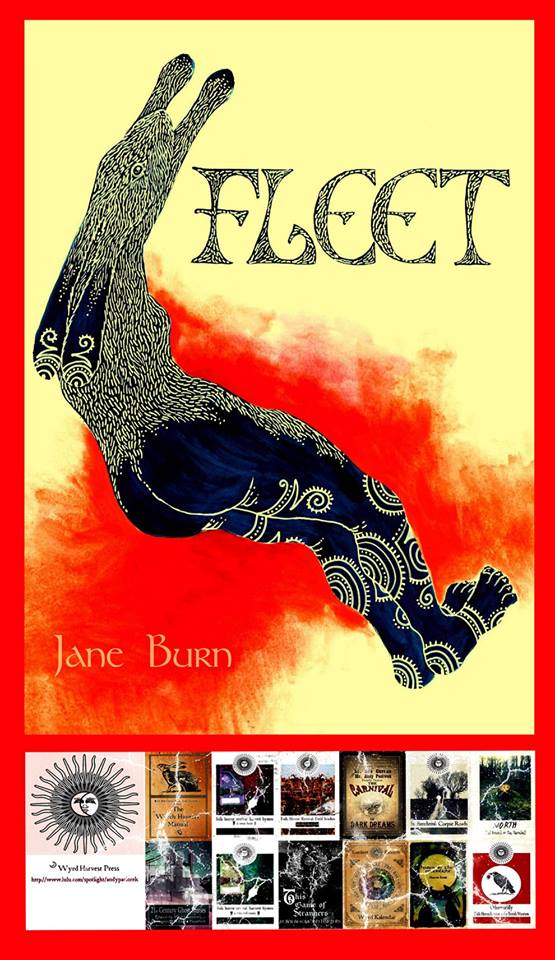Jackie Morris is a British writer and illustrator whose work is informed by a deep love of the natural world. Her books have been published in fourteen languages and The Lost Words, which she illustrated was voted the most beautiful book of 2016 by UK booksellers. She lives in Pembrokeshire by the sea and is fascinated by bears and myths of transformation. Folk Horror Revival’s John Pilgrim was pleased to catch up with Jackie last year to make the following enquiries about her world.
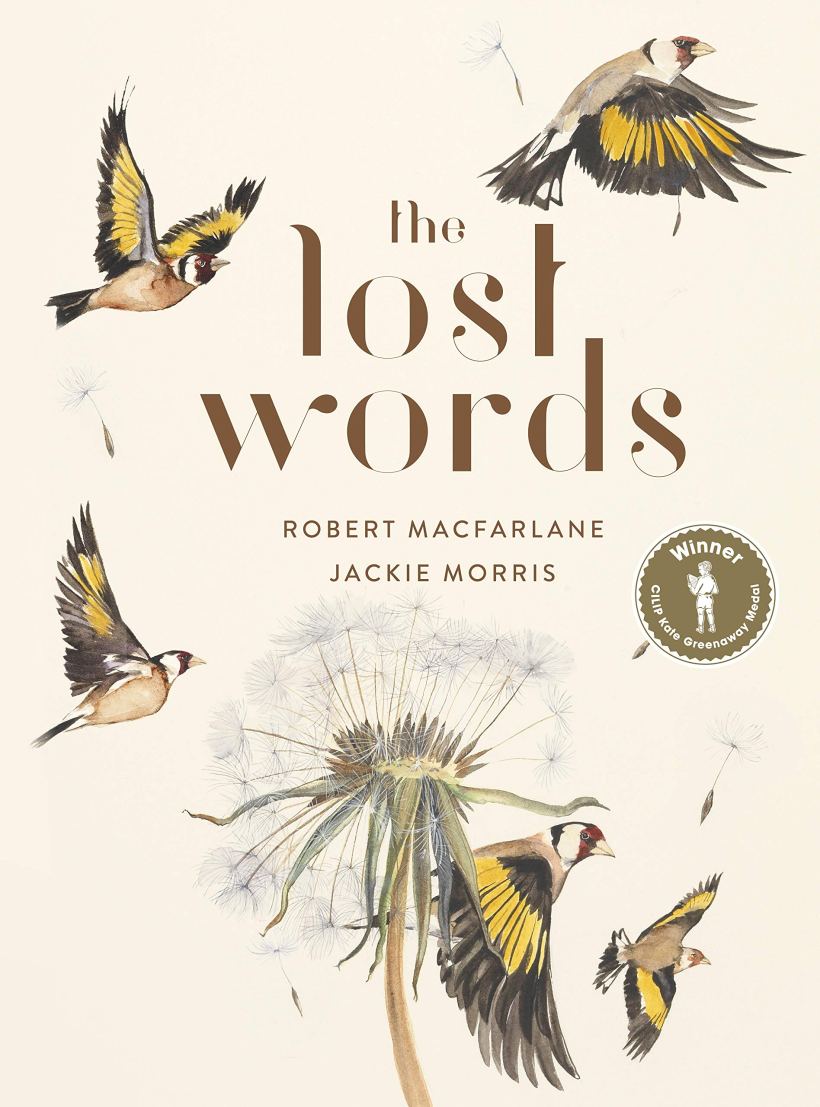
FHR: Let me firstly provide a bit of context for those Folk Horror Revivalists who may not be familiar with The Lost Worlds by quoting from the cover jacket of the book.
“All over the country, there are words disappearing from children’s lives. These are the words of the natural world — Dandelion, Otter, Bramble and Acorn, all gone. The rich landscape of wild imagination and wild play is rapidly fading from our children’s minds. The Lost Words stands against the disappearance of wild childhood. It is a joyful celebration of nature words and the natural world they invoke. With acrostic spell-poems by award-winning writer Robert Macfarlane and hand-painted illustration by Jackie Morris, this enchanting book captures the irreplaceable magic of language and nature for all ages.”

FHR: The Lost Words has enchanted many people in the deepest sense of the word. Can you share some stories about the effect which it has had on people. How has their understanding and experience of the natural world changed?
JM: Since the launch of The Lost Words at Foyles in 2017 it has taken on a life of its own. Robert and I are both astonished and heart-glad at the way it has been taken into people’s hearts and homes. There have been so many tales sent to us, of how people have shared it with loved ones living with dementia, of how it has helped people to cope with depression, of how it links generations in families, how teachers respond to it, and children also.
It has an amazing wild life. I love how people send us pictures of the book outside in the world, tucked up with children, the work that children have done with the book as catalyst.
FHR: The introduction to The Lost Words warns us that the rich landscape of wild imagination and wild play is rapidly fading from children’s minds. It’s been inspiring to see the efforts that have been made to make the book freely available to children through schools and libraries. Can you tell us some more about this?
JM: It began with a tweet from a lady in Scotland who saw how the book could connect children to nature again. She made it her mission to crowdfund to place a book in every school in Scotland. Her success snowballed into several other campaigns, and I think the Explorer’s Notes, which are a wonderful guide to using the book in schools, also helped with this. Now almost half of the UK schools, hospices over the whole of the UK, care homes in Wales and other institutions have been gifted the book by what has grown to be a great community of crowdfunders. Their energy and enthusiasm for the book and for working beyond its pages to reconnect the lives of children and adults to the more than human world around us all is wonderful.
FHR: The notion of wild imagination and wild play is one that strikes a chord – are there signs of hope in rekindling wildness which you’ve become aware of?
JM: The young people who are rising up against the ignorance, arrogance and greed of older generations gives me hope. The new wave of politically minded and erudite youngsters put our politicians and their self-serving party politics to shame.
FHR: What role does myth and folklore play in your artistic practice and experience of the natural world?
In the same way that some people see themselves as set apart from the natural world, when they are in fact only the tiniest part of the wonderful biosphere, so are storytellers the new myth makers. As a species we are hardwired to learn through the power of story.
I write, I illustrate, to try and make sense of the crazy world we live in, and my hope is that in so doing I help other people to do the same. And there are some powerful minds working in the field at the moment. Richard Powers’ Overstory is a case in point, teaching people to see, really see, and seek out the trees that every day are taken for granted.
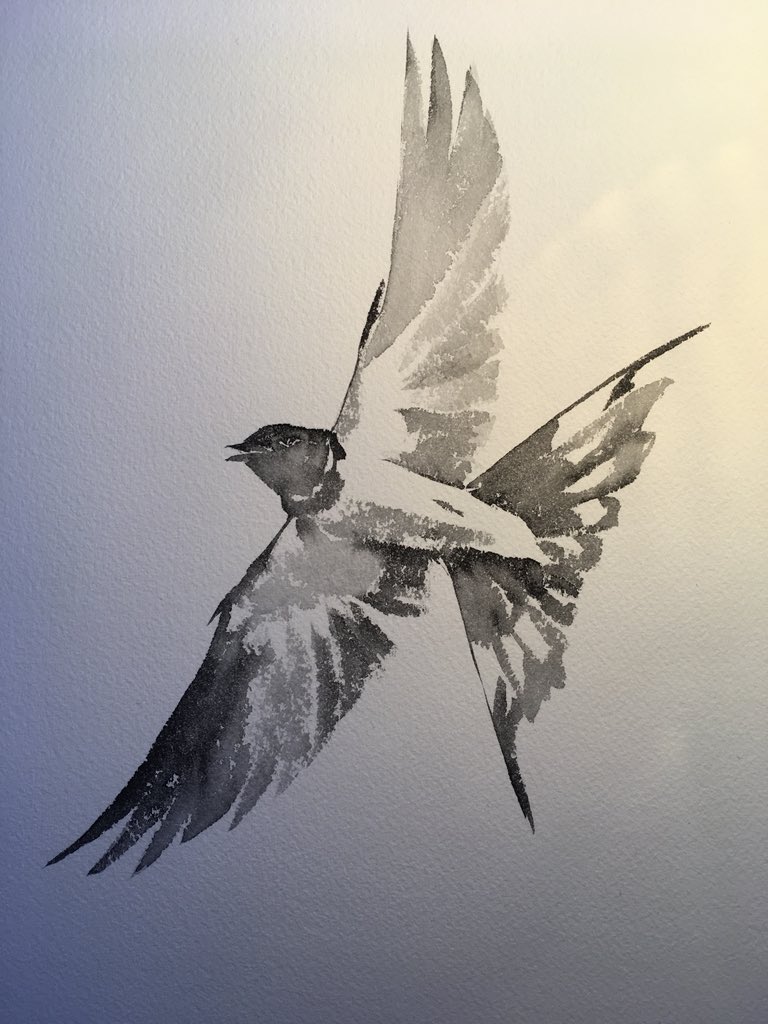
FHR: Having been being fascinated by peregrines as a boy while on holiday in Pembrokeshire I loved your book Queen of the Sky. For those who aren’t familiar with this book, could you say a little about the themes which you explore here?
JM: Queen of the Sky is a book about how a friend of mine found and rescued a wild peregrine falcon and released her back into the wild. It’s a story of great patience. A love story in a way, but one where something is loved so much that the person who loves it sets it free, to be as it should be. It’s a story about respect. And if H is for Hawk is a tale of how a woman was saved by a hawk, this is a tale of how a hawk is saved by a woman.
FHR: What landscapes particularly inspire you?
JM: Terrestrial. Including the ocean, above and below.
FHR: I read that you have been learning to work with wood engravings. How has this been for you?
JM: I’ve moved away from wood engravings. My eyesight is perhaps not good enough for the fine detail. But also my language is liquid and sumi ink has taken over as my medium of choice. But as with everything it takes a lifetime to master. But I am learning.
FHR: In his book Being a Beast Charles Foster relays his experiences of seeking to live as animals such as badgers and foxes. I’m not sure whether you would want to go as far as eating worms as Foster has done, but I sense that through your art you are seeking to bring us closer to animals as fellow spirits?
JM: I’ve not read it yet. I wanted to be a bear when I was young, but would happily become an otter. And most of my work is about shapeshifting.
FHR: To what extent do you think it is important to acknowledge that despite its beauty nature is also ‘red in tooth and claw’? Are there dangers in projecting human characteristics on to animals?
JM: I’m not a fan of ego-centric anthropomorphism if that’s what you mean. Is nature ‘red in tooth and claw’? That implies some morality? It’s not always kind. But we know so little about the world around us. It has so much to teach us. We just need to listen.
FHR: Which fellow artists and writers do you admire?
JM: So many. I love Robin Hobb’s books. Robert Macfarlane is an exceptional writer, and I need to explore Richard Powers more. John Irving has long been a favourite of mine. Katherine Arden, James Mayhew, Brian Wildsmith, Chagall, Tunnicliffe, Alan Garner, Shaun Tan, Frieda Kahlo, Tom Bullough. Nicola Bailey, oh, so many. Picasso. Look at me with my gender imbalance of people who spring to mind! (Though Robin Hobb is a woman, who writes under a gender-neutral name, because many men don’t read books by women.)
FHR: What are you working on at the moment and what projects would you like to take forward in the future?
JM: I’m working with the finest group of musicians to make a cd/lp and show built around The Lost Words. I’m working on a book that was written almost a century ago, writing a forward to re-introduce it to the world and painting images to decorate/illustrate it [now published as The House Without Windows]. I’m working on a book called The Keeper of Lost Dreams that I hope will be a catalyst for dreaming and a solace for troubled souls in our curious and turbulent times. And I am beginning to work on a new book with Robert, but that’s under wraps at the moment until we understand more of what it is that we are making [Ed: this has now been published as The Lost Spells; other recent publications include Mrs Noah’s Garden, with James Mayhew, published by Otter-Barry Books and The Secret of the Tattered Shoes with Ehsan Abdollahi, a wonderful Iranian illustrator, published by Tiny Owl.]
I’m also trying to take time to open my eyes to the wonderful wild world around me, wide as wide can be, and understand what is important, what time is, and how to live.
